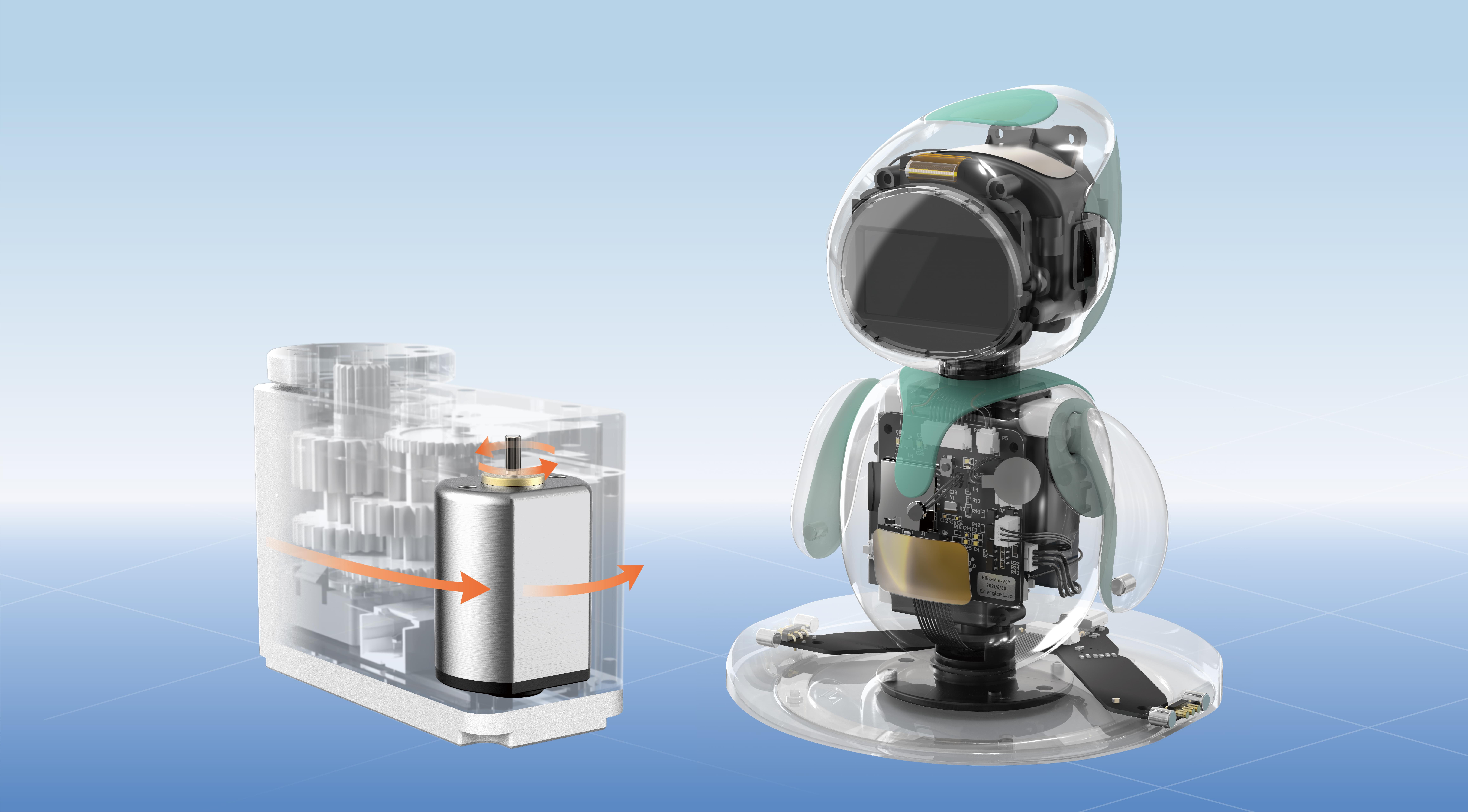Imagine a tiny but mighty device capable of transforming your mechanical dreams into reality—welcome to the world of servo motors, with the MG90D standing front and center. This small yet powerful component has become a staple among hobbyists, educators, and professionals alike, thanks to its impressive blend of performance, affordability, and ease of integration. Whether you're building a robotic arm, designing an remote-controlled vehicle, or experimenting with automation systems, understanding the MG90D servo motor opens new horizons for innovation.

The Anatomy and Features of the MG90D
At its core, the MG90D is a micro servo motor—compact in size but packed with features. Its dimensions typically measure around 22.8mm by 12.2mm by 28.5mm, making it an ideal choice for projects where space is limited. Despite its small stature, it boasts a robust metal gear train, which significantly enhances durability and torque capacity compared to plastic gear alternatives.
Key features include:
High Torque: The MG90D can deliver up to 2.2 kilograms per centimeter (about 30 oz-in) of torque, making it suitable for a variety of load-bearing applications. Speed: With a typical rotation speed of approximately 0.1 seconds per 60 degrees at 4.8V, it provides quick and accurate movement. Voltage Range: It operates comfortably within 4.8V to 6V, aligning with standard 5V microcontroller systems. Metal Gears: The metal gear train ensures longevity and resistance against wear, which is crucial during repetitive or heavy-duty usage. Compatibility: The MG90D interfaces seamlessly with most microcontrollers, including Arduino, Raspberry Pi, and other development boards.
Why choose MG90D? The advantages are manifold:
Precision Control: The MG90D's ability to be precisely controlled via Pulse Width Modulation (PWM) signals allows for smooth, accurate positioning—ideal for robotic joints and intricate mechanisms. Affordability: Despite its advanced features, it comes at a cost-effective price point, making it accessible for hobbyists and educational purposes. Ease of Installation: Its standard servo horn and mounting options make it straightforward to integrate into diverse projects.
Real-world Applications of the MG90D
The adaptability of the MG90D opens doors to countless creative and technical endeavors. Here’s a snapshot of where this servo motor shines:
Robotics: From humanoid robots to robotic arms, the MG90D provides precise movement control vital for complex tasks. Remote-Controlled Vehicles: Whether it's a tiny drone or a car, the MG90D can serve as steering or throttle servos, ensuring smooth handling. Animatronics and Art Installations: The motor's responsiveness makes it excellent for creating lifelike movements in artistic projects. Educational Kits: Its simplicity makes it perfect for students learning about automation, electronics, and robotics.
The Inner Workings: How Does It Work?
Understanding how the MG90D operates can deepen your appreciation for its capabilities. The servo motor works by converting electrical signals into precise mechanical movements. When a control signal—sometimes called the PWM signal—is sent from a microcontroller, it determines the position of the servo's shaft.
The core components include:
Motor: A small DC motor that drives the movement. Gear Train: Reduces speed and increases torque, with the metal gears ensuring durability. Potentiometer: Tracks the shaft's position, providing feedback to the control circuit. Control Circuit: Interprets PWM signals and adjusts motor activity to reach the desired position.
The feedback mechanism ensures that the servo consistently moves to and holds the target position, even if external forces attempt to shift it.
Choosing the Right Power Supply
Powering the MG90D effectively is crucial for its performance. Since it operates within a 4.8V to 6V range, most hobby power supplies or batteries work well. A stable, regulated 5V power source ensures consistent operation. Also, considering the current draw—typically around 650mA during stall conditions—it's advisable to use a power source capable of supplying sufficient current without voltage drops.
Installing Your MG90D
Setting up the MG90D is straightforward:
Connect the Signal Pin: Usually a yellow or white wire, connect this to your microcontroller's PWM-capable pin. Ground: The black or brown wire should connect to the ground of your power supply. VCC: The red wire connects to your 5V power line.
Once wired, testing the servo involves sending small PWM signals to check its range of motion and responsiveness. Don't forget to secure the servo on a stable surface or mount, using screws and brackets designed for hobby servos.
In the next part, we'll explore advanced control techniques, integration tips, troubleshooting common issues, and inspiring project ideas that showcase what the MG90D can do when pushed to its limits.
Established in 2005, Kpower has been dedicated to a professional compact motion unit manufacturer, headquartered in Dongguan, Guangdong Province, China.




































